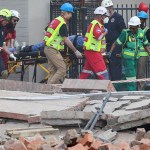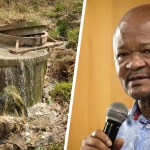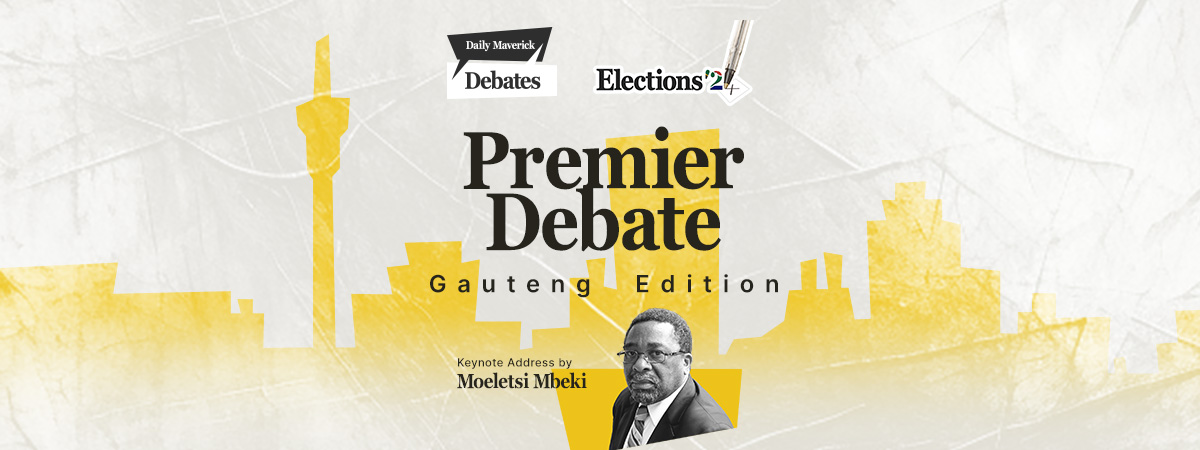Traffic is the bane of city planners and city governments: it represents a pure cost to a city and to society, it induces scorn and rage in electorates, and is incredibly difficult to solve. So difficult, in fact, that the “Lewis-Mogridge Position” is also known as the “Iron Law of Congestion”: if you build new roads, the amount of traffic will expand until the total congestion returns to its previous level.
So we have to start from a position of some sympathy for the new political administration in the City of Johannesburg, who correctly identified a problem — congestion — and set out to solve it. However our sympathy need not extend to what they actually did about it.
Since 2005, the familiar sight of a yellow-jacketed pointsman at a busy intersection has been a common sight in Johannesburg. They’re the result of a partnership between a number of private companies — most notably Outsurance — and the city, and were introduced to solve a genuine problem: to manage intersections where traffic lights are out.
A brief stop to appreciate the humble robot, as we call them. The first one went up exactly 150 years ago in London, ran on gas, and exploded, injuring a policeman. After this ignominious start, traffic lights were widely adopted over the 20th century — Johannesburg’s first was erected in 1927. At first they had to be operated manually; by 1922 they could be automated using timers; and from the 1950s they could be computerised, allowing both co-ordination of traffic flow across the city, and automatic adjustment based on how many cars were waiting.
The advantages of automatic traffic lights are obvious and profound: with 1.7-million vehicles in Johannesburg trying to navigate thousands of intersections, co-ordination has to happen on an immense scale. Letting vehicles through this intersection will result in them arriving at the next one, so you have to let them through there. And letting them through that one means the next one over needs to be ready, and so on.
One of the more sophisticated systems of this sort is operational in Moscow, formerly the most congested city in the world. Now, when traffic is building up in a particular area, the central control room triggers an extended “green wave” of traffic lights, long enough to release the pressure, into the rest of the system, it has to be said. Johannesburg has adopted a less sophisticated version called the Advanced Traffic Management System.
Which is what makes it so egregious that one of the early and much-publicised interventions into Johannesburg’s traffic was the stationing of pointsmen at busy intersections, regardless of whether the robots were in operation.
Johannesburg, well-stocked with very good traffic engineers and transport planners, has looked at its congestion problem and decided that what it most needs is to revert to 18th-Century technology for the management of intersections: a person in white gloves. It’s bad enough being a commuter in the mess; if I were a traffic engineer I’d have bitten through my slide-rule by now.
The result, as many people will know, is even more awful congestion in Johannesburg’s various commercial centres. Pointsmen — so very useful when a robot isn’t working — offer no advantages over a functioning traffic light, and have many more costs to traffic efficiency. They cannot co-ordinate between intersections. They cannot manage the flow of traffic at a city-wide or neighbourhood level.
Most egregiously, however, they make our intersections dramatically more dangerous. Their instructions frequently conflict with the traffic signal, which makes them easy for a driver to miss. And while they in principle could, Johannesburg’s pointsmen make no allowance or accommodation for pedestrians, forcing walkers and cyclists — who are overwhelmingly poorer than drivers — to take their lives in their hands even more than they otherwise have to.
In all, Joburg’s pointless pointsmen reveal two toxic dynamics. First, the dominance in South Africa of automobility, and an obsession with the fast flow of traffic to the detriment of almost everything else — and in this case, to the detriment of the actual flow of traffic! And second, Herman Mashaba and the DA’s “houses for the poor, potholes for the rich” retail politics. Rather than undertaking to improve the city in a considered and evidence-based way, they so want to be seen to be improving things that they are prepared to make things worse.
If they were serious about making Johannesburg work better, they’d use pointsmen as intended — to stand in for faulty traffic lights, and to manage specific instances where traffic is overwhelming the system. And they would unpick the technical, governance and corruption issues that make our robots unreliable in the first place. By doing that, which the ANC in Joburg (for all their virtues) never did, the DA might show that they are indeed the better choice to manage this tricky, complex city.
If they want to rise above merely administering the city, and actually improve it, then they need to tackle the underlying problem of congestion, which is too many cars and not enough alternatives. They would continue the vital work of improving our public transport system, expanding the BRT, rationalising Metrobus, and integrating the taxis. And they would work towards building a more compact and walkable city.
These things are hard to do, but will improve Johannesburg immeasurably. Putting pointsmen at working robots is easy, but makes Johannesburg worse. Our leaders shouldn’t have to think too hard about this choice. DM
Jesse Harber is a political economist studying urban and transport governance. He is a researcher at the Gauteng City-Region Observatory, and writes in his personal capacity.
















